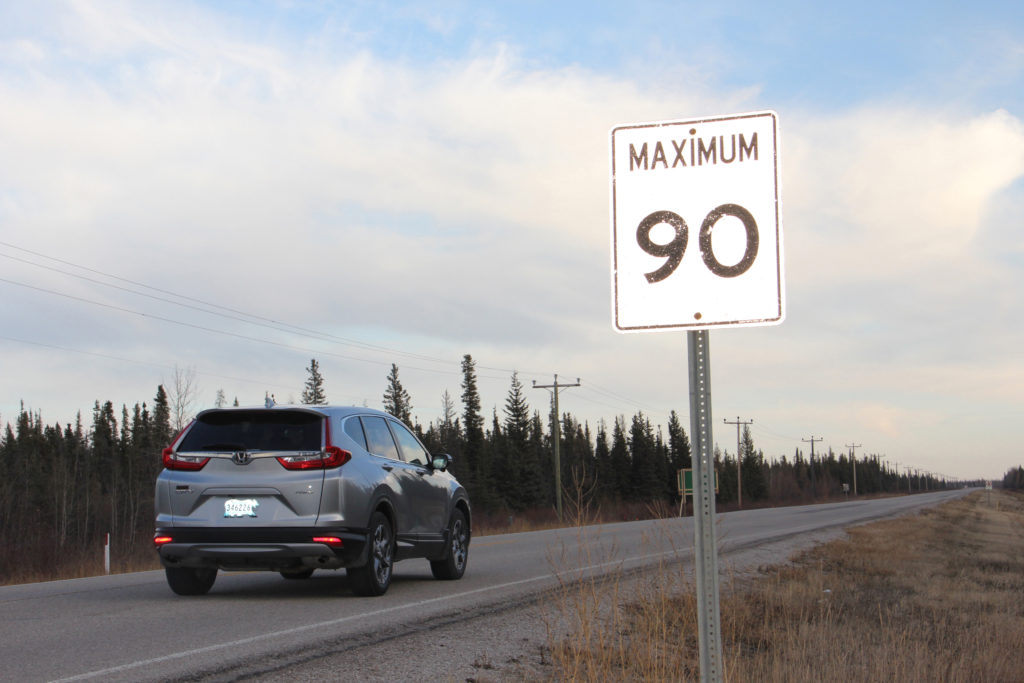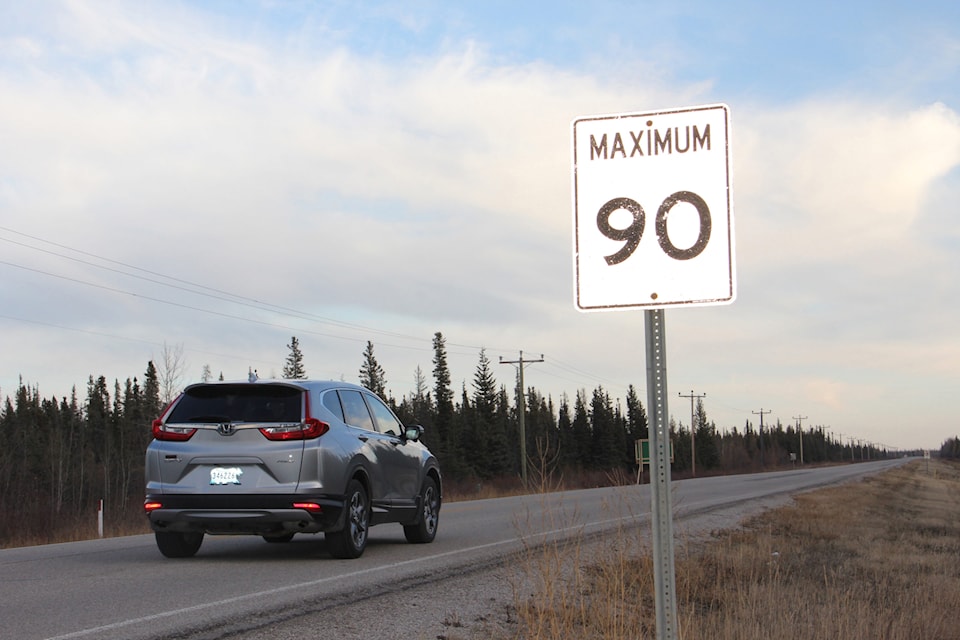NWT leaders are renewing their calls for wider cellular coverage on highways if proper support is in place, following an agreement in British Columbia to enhance cell service on Highway 16, also known as the Highway of Tears.
Maryam Monsef, Minister for Women and Gender Equality announced on April 7 that the federal and B.C. governments, Indigenous partners and Rogers would bring “100 per cent mobile coverage” to that highway known for its connection with large numbers of Missing and Murdered Indigenous Women and Girls (MMIWG) in northern B.C.
Families of victims of violence and survivors along the highway have pointed to the connection between MMIWG and cell service gaps in rural and remote areas, said Carolyn Bennett, Canada’s Minister of Crown-Indigenous Relations, in a news release.
$11.6 million for 12 cellular towers
“This investment is an important and concrete step toward ensuring all travellers, especially women and girls, along Highway 16 from Prince George to Prince Rupert can reliably call for help if and when they need it.”

The western province, through its Connecting British Columbia program and the federal Universal Broadband Fund each gave $2.25 million to the project, with Rogers contributing $7.1 million towards the $11.6-million cost of building 12 cellular towers, which will provide 252 km of new highway cellular coverage.
It is scheduled to be completed in fall 2022.
The Broadband Fund is a $1.75-billion program to boost high-speed internet connections, with a goal of connecting 98 per cent of Canadians and more remote communities to high-speed internet by 2026 and all Canadians by 2030.
Feds must be on board
Caroline Wawzonek, Minister Responsible for the Status of Women said she would be thrilled if the federal government could provide blanket cellular coverage for NWT highways.
The Broadband Fund could be a guide on what the costs would be for such a project, she said.
“Whether that would be the same as what they did for the Highway of Tears, it's not yet clear. That stretch of highway is notorious for impacts on women. Fortunately, I wouldn't say the same about the stretches of highway we have here.”
If the GNWT were to pursue a project for extensive cellular coverage on NWT highways, it would have to receive federal support though asking Ottawa for that wouldn't be a “new conversation,” Wawzonek said.
“Would I raise that with the Minister for Women and Gender Equality? I think there are other needs under that umbrella. Will cell coverage address that issue? I'm probably going to focus on other issues, like domestic violence against women,” she said.
Start with YK to Behchoko stretch
Great Slave MLA Katrina Nokleby supports wider cellular coverage on territorial highways, though she recognizes that the degree of usage of NWT highways, particularly Highway 3 is lower compared to Highway 16 in northern B.C.
“That being said I do think having better cellular coverage anywhere leads to increased safety for women, and everyone really,” she said.
A good starting point would be enhanced coverage on Highway 3 to Behchoko due to the amount of traffic on it, its repeated heave and freezing and thawing patterns on sections that slump and the number of accidents on the road.
However, Nokleby thinks a greater concern is building more sturdy highways before cell coverage is expanded.
“Millions spent annually on melting infrastructure is not sustainable,” she said.
New funds a solution to old problem
For Michael McLeod, MP for the NWT, better cell service on highways isn't a new issue and he remembers discussing it when he was a cabinet member of the GNWT more than 10 years ago.
“At the time, cost was a real factor because there were no programs to tap into,” he said.
Today, the Universal Broadband Fund is available to help with expenses but the issue is how to access those monies.
“We still need answers to a lot of questions. The GNWT will lead that kind of exploration as far as how we do this and make it work. There are still costs involved with infrastructure and operations and maintenance, and who will pay for what. The question always comes back to: can we make it work? We know there are dollars available now.”
GNWT must request support
McLeod acknowledges the calls from NWT politicians like Thebacha MLA Frieda Martselos and Monfwi MLA Jackson Lafferty for better cellular coverage on highways, but said the next step is a formal request through a project application from the GNWT.
"One foot in front of the other. There has to be a request. The route from Fort Providence to Behchoko and to Yellowknife is linked by a highway belonging to the GNWT. It would have to come from people from the North. I'm more than willing to have those conversations.”
